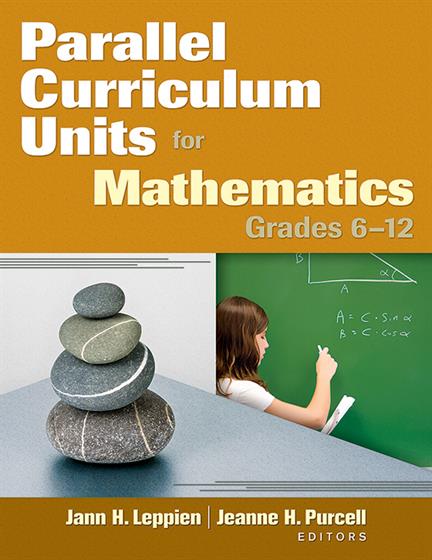Hands-on, Practical Guidance for Educators
From math,
literacy, science, equity, multilingual learners, and SEL, to assessment, school counseling,
and education leadership, our books are research-based and authored by experts
on topics most relevant to what educators are facing today.

Parallel Curriculum Units for Mathematics, Grades 6–12
Maximize your mathematics curriculum with this powerful guidebook that shows how to create a high-quality curriculum and differentiate lessons to benefit all students.
Product Details
- Grade Level: 6-12
- ISBN: 9781412965484
- Published By: Corwin
- Year: 2011
- Page Count: 152
- Publication date: April 07, 2011
Review Copies
This book is not available as a review copy.


